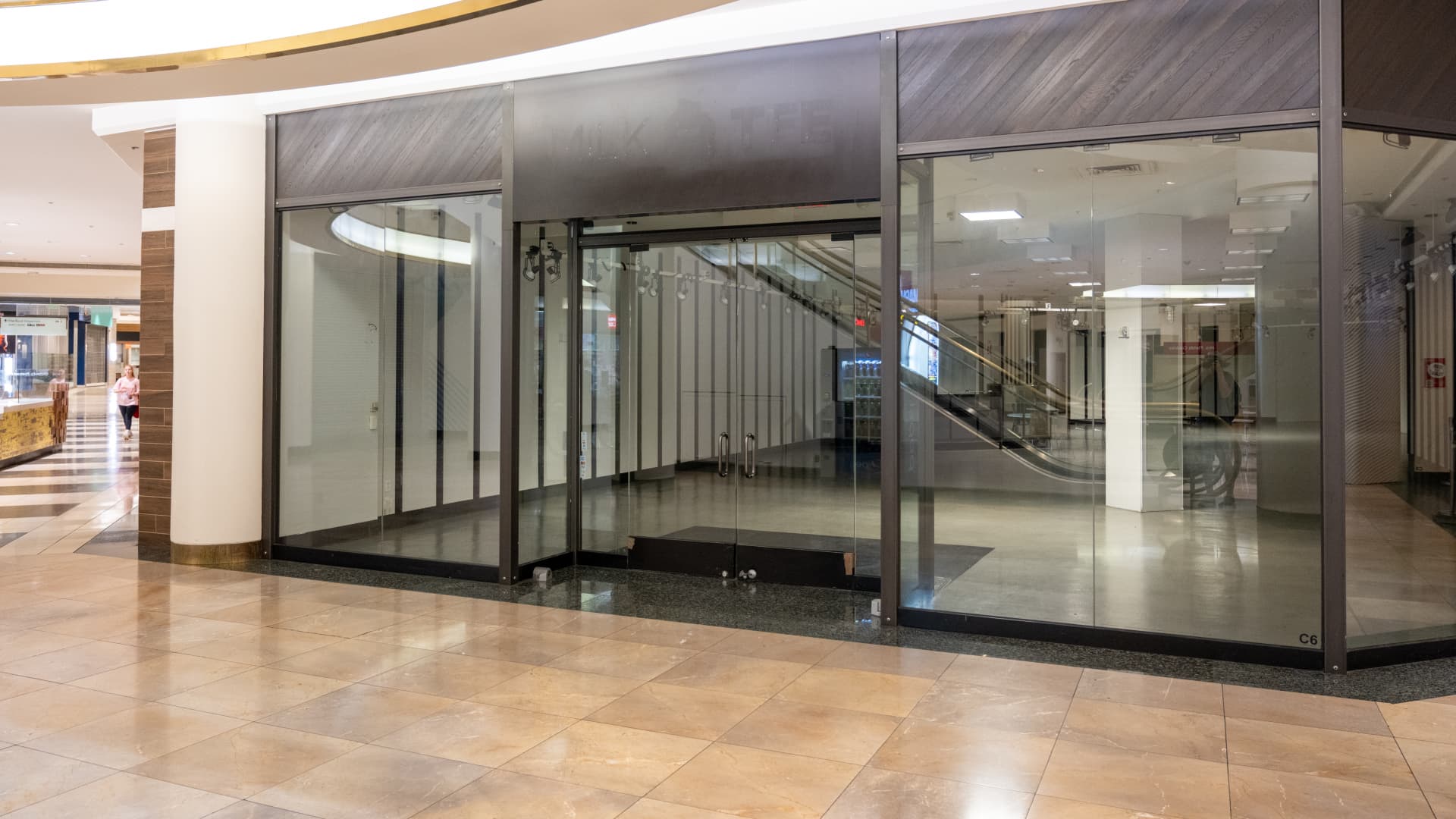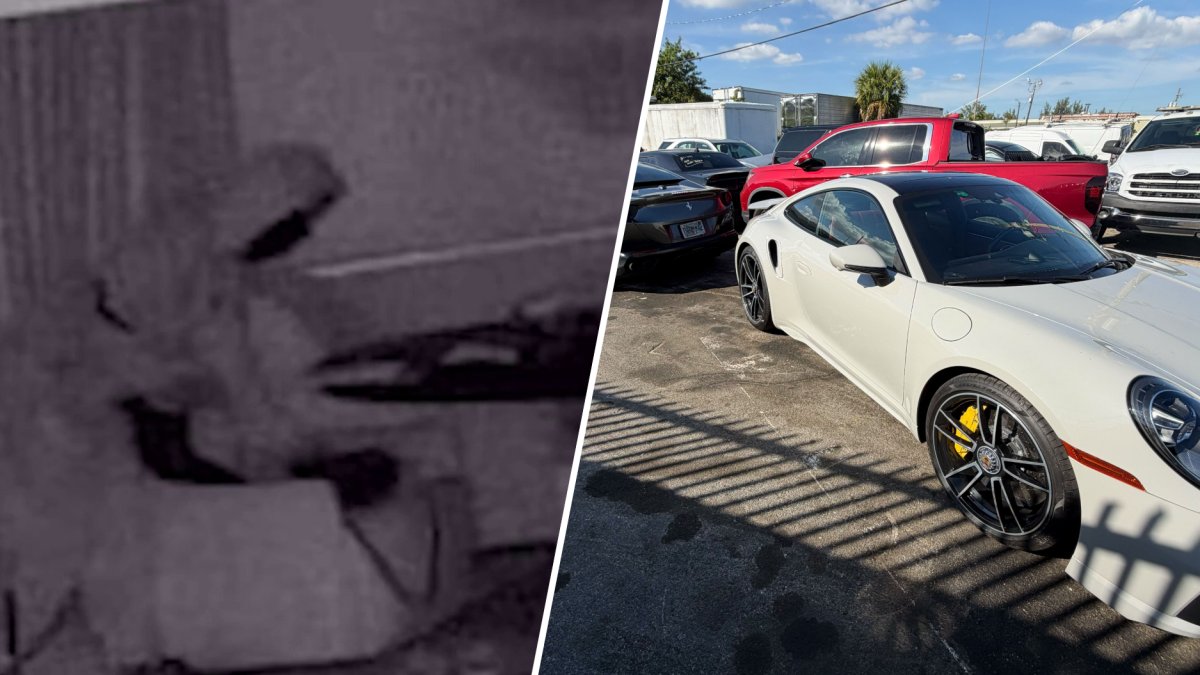K
imberly Blair, a San Diego wellness coach who has been working with clients mostly online, noticed that many of them were experiencing “screen fatigue.” To counter this, she opened a physical office in a shopping center, where she secured a low monthly rent and a flexible lease. “The lease terms give my clients better in‑person support and give my business a competitive edge,” she said.
Across the United States, small businesses—health practitioners, yoga teachers, artists—are finding it easier to occupy prime commercial space that once seemed out of reach. Yet the opportunities vary by region.
A Cushman & Wakefield report shows the national vacancy rate for shopping centers rose to 5.8 % in Q2 2025, up 20 basis points from Q1 and 50 from a year earlier. Demand has softened, easing rent pressure. Although the pandemic left the market weaker, rising store closures and tenant cost pressures are expected to keep rent growth muted in coming quarters. “Main Street opportunities are definitely on the rise for tenants beyond the traditional retail model,” said Elizabeth Lafontaine, Placer.ai research director. She added that malls are now more open to local businesses, especially those with local recognition.
Teresha Aird, co‑founder of Offices.net, notes a clear uptick in small businesses taking advantage of vacancies that were previously too expensive. “Hard‑hit corridors like inner‑ring suburbs and mid‑size city centers are resetting,” she said. “That opens the door for independent retailers, fitness operators, and service‑based businesses that were priced out.”
While strip‑mall vacancies are growing, rents are still rising—though at a slower rate. James Bohnaker, Cushman & Wakefield senior economist, explained that post‑COVID rent increases of 4 % have slowed to about 2 %. This flattening, combined with more vacancies, creates openings for small businesses to expand into once‑priced‑out commercial property. “We’re seeing a rise in medical offices, spas, and other uses you wouldn’t have seen before,” Bohnaker added.
Cushman & Wakefield expects the trend to continue. “The market has recalibrated. We’re seeing more store closures this year,” Bohnaker said, noting that this will keep opportunities open for smaller businesses.
Traverse Bay Farms, a local gourmet food shop in northern Michigan, illustrates how small businesses can thrive in vacated prime spots. Owner Andy LaPointe said that when national chains pull out, the space becomes a canvas for a local business to create a lasting experience. “The magic happens when a small business brings something unique, a place to linger and a sense of belonging,” he said.
Like Blair, many small business owners are securing favorable lease terms—flexible lengths, partial fit‑outs, even rent‑free periods. Aird notes that some are opting for short, serviced or managed office setups to test a location before committing long‑term. “That kind of access wasn’t available to startups three years ago in most metro areas,” she said. Landlords and local councils are also offering short‑term leases, pop‑ups, or revenue‑sharing to keep units occupied.
Marc Norman, NYU’s associate dean, points out that vacant space signals struggle, prompting landlords to lower prices and welcome independent tenants to keep a plaza active. “Consumers want occupied spaces; we don’t want to walk past 15 empty spots and see only one or two,” he said. However, if a shopping center’s goal is to sell the property, landlords may tolerate vacancies.
Landlords often seek “credit tenants” who can pay six months’ rent upfront on a 5‑ to 7‑year lease. These are becoming rare, giving smaller businesses a chance to negotiate better terms. “There are many questions and risks for a landlord when considering a smaller tenant,” Norman said. “Is the mom and pop going to sign a long lease?”
Andrew Spatz, a NYC commercial real‑estate lawyer, says geography matters. In New York City, demand for warehousing and micro‑distribution has increased the value of vacant spaces, limiting opportunities for small businesses. In other communities where big‑box stores have failed and data centers aren’t dominating, small businesses can flourish—provided landlords offer manageable leases, not triple‑net contracts that require tenants to pay taxes, insurance, and maintenance.
Jacob Naig, a Des Moines broker, notes that landlords in his area rarely let space sit empty. “A family‑owned restaurant recently took over an old chain pizzeria at a rent almost 30 % below the original asking price,” he said, adding that the landlord offered tenant‑improvement allowances. “Such a deal wouldn’t have been possible five years ago.”
Despite these openings, the high failure rate of small businesses remains a concern. Glenn Brill of FTI Consulting points out that more than half of small businesses close within six years. “Given the risk, many landlords prefer to wait for the right tenant to pay full market rates rather than give the space away early,” he said. For most small businesses, the best opportunities lie in smaller strip centers, but local economic conditions must support reduced rents as an incentive.
In sum, the post‑pandemic retail landscape is shifting. Vacancies are rising, rents are flattening, and landlords are offering more flexible, lower‑cost leases. This environment is opening doors for small, local businesses to occupy spaces that were once out of reach, provided they can navigate the risks and secure the right lease terms.














